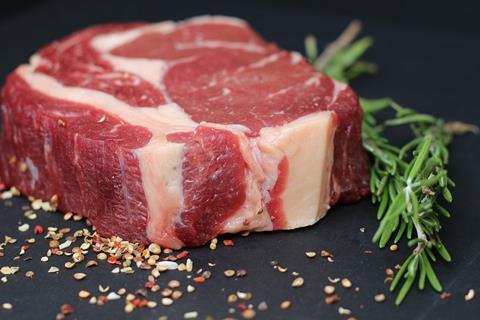The US market is the focus in RaboResearch’s Beef Quarterly report, but a number of important issues are continuing to influence global beef markets.
RaboResearch generates knowledge and develops views and insights on businesses, topics and developments in the food & agribusiness sectors across the globe.

RaboResearch found that whilst US prices in the first half of 2018 held up, increased supplies of total proteins and potential trade fallouts are arising concerns.
Increased beef supplies and trade uncertainty look set to impact US prices in 2H 2018.
According to Angus Gidley-Baird, RaboResearch senior analyst – Animal Protein: “There is a whole laundry list of issues creating uncertainty and market volatility in the US, most of which affect global beef trade.
“The most important of these issues are growing US beef supplies, a plethora of protein, trade uncertainties, US drought, and a well-performing, but saturated market.”
North Asia increasing imports
Reports show that Japan and South Korea beef imports are on the rise.
In 2017, combined imports by Japan and South Korea were up 9%, and at their highest level since 2002.
The availability of beef from Australia and the US is also said to be fuelling this growth.
At the start of 2018, Rabobank referred to growing competition and complexity in global markets, and the opportunities and pressures this could bring to margins along beef supply chains.
African Swine Fever outbreaks
Several outbreaks of African Swine Fever (ASF) were recorded in China in recent months, which raises the possibility of the country – the world’s largest consumer of pork – being caught short.
While the extent and timing of any herd liquidation remains uncertain, if ASF takes hold, reports say it is likely that China will increase imports of pork – and other meats such as beef – in 2019.
An associated lift in global pork prices could also benefit beef supply chains in other regions.
This story was originally published on a previous version of the Meat Management website and so there may be some missing images and formatting issues.















